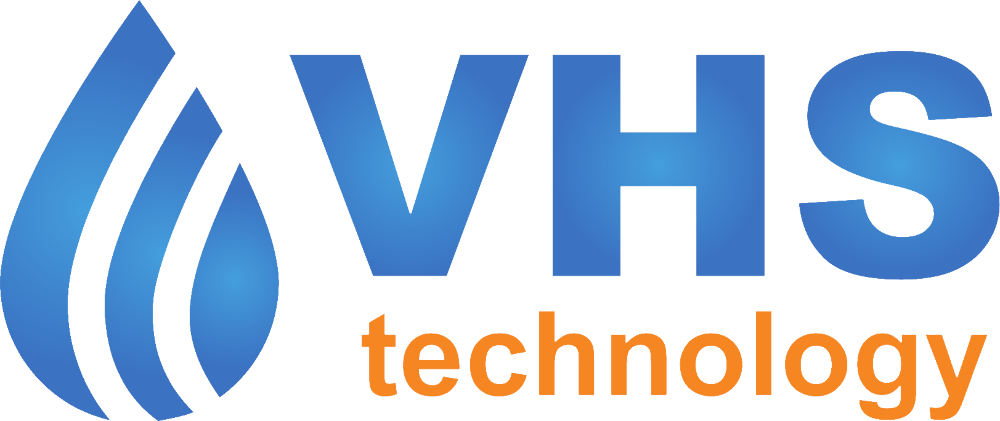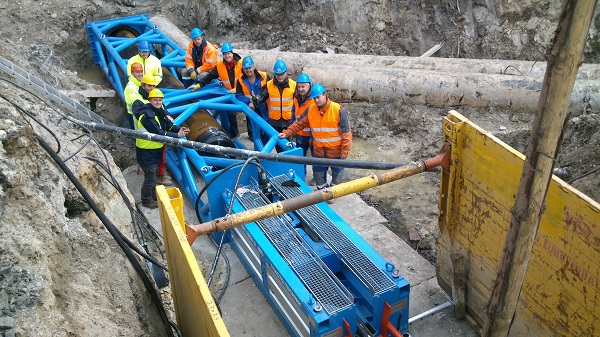Trenchless Technologies
We carry out the installation and reconstruction of engineering networks using modern technologies that minimize the need for excavation works. As a result, all work is carried out quickly, efficiently, and with minimal disruption to the surrounding infrastructure.
Our trenchless methods allow the modernization of water, sewer, and other underground networks without the need for extensive earthworks. This means uninterrupted operation without traffic closures and minimal disruption for residents and businesses. Thanks to innovative technologies, we ensure a fast, reliable, and cost-effective reconstruction of engineering networks with an emphasis on quality and long service life.
Controlled microtunneling (HDD)
This is a trenchless method for laying engineering networks. It is suitable for water, gas, cable ducts, pressure sewers, and gravity sewers. The maximum efficiency of this method is based on the following advantages.
Advantages of Microtunneling
-
-
Significantly lower costs compared to excavation
-
Minimal disruption to operations when dealing with roads (sidewalks, streets, etc.)
-
Significant reduction in time required for completion (speed of execution)
-
Environmental friendliness (ecologically clean technology)
-
No disruption to existing surfaces
-
Ability to avoid obstacles along the route
-
No damage to existing engineering networks
-
Ability to carry out work in constrained conditions, etc.
-
Minimal size of starting and ending pits
-
Applications:
-
Trenchless installation of PEHD pipes for water, gas, and sewer networks
-
Trenchless installation of protective pipes for cables and other conduits
-
Trenchless installation of complete networks and connections in cities and municipalitie
Berstlining
Pulling new pipes into existing ones while simultaneously expanding the old pipes. In certain cases, the profile can be enlarged. The pipes are pulled hydraulically from installation pits.
The Berstlining method enables fast and effective renewal of old, damaged pipes without the need for extensive excavation work. Using special equipment, the original pipe is hydraulically broken and simultaneously replaced with a new one, often with a larger diameter. The result is a modern and durable pipe with a long service life, all with minimal impact on the surrounding environment.
This technology is ideal for repairs of water, sewer, and gas networks, especially in densely built-up areas or where disruption to operations needs to be minimized.
Relining (monitoring and cleaning)
This is the simplest, most cost-effective, and best-known method of rehabilitating existing pipeline systems.
Advantages of relining
- Lowest cost of pipe rehabilitation
- Fast execution
- Installation length up to 550 m
Disadvantages of relining
- Reduction of the rehabilitated pipe’s internal diameter
- Applicable only to straight pipe sections
Ploughing in the traditional way or using GPS
This is a trenchless technology for laying pipes intended for long pipelines or sewer force mains, cable ducts, and high-voltage cables across unpaved areas. It is performed using a ploughing device consisting of two components:
-
A terrain towing vehicle with a winch (80 t / pull) and anchor
-
A ploughing machine – the total weight of the column (towing vehicle, trailer with equipment, and plough) = 50 tons
In this method, the pipe material or cable is laid without tension on the bottom of the trench, and its depth can be set (depending on the subsoil characteristics) up to a maximum of 1.8 meters.
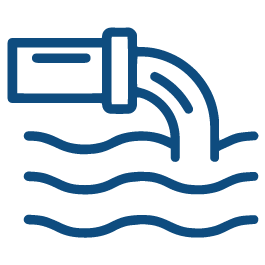
Water Supply and Sewer Networks
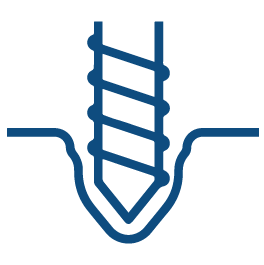
Trenchless Technologies
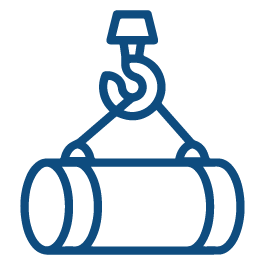
Underground Structures
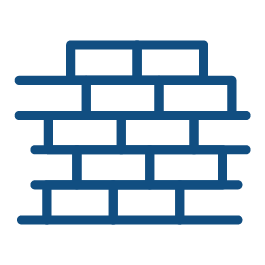
Construction and Reconstruction of Infrastructure
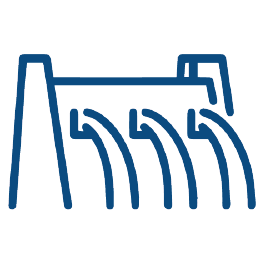
Water Supply and Wastewater Treatment

